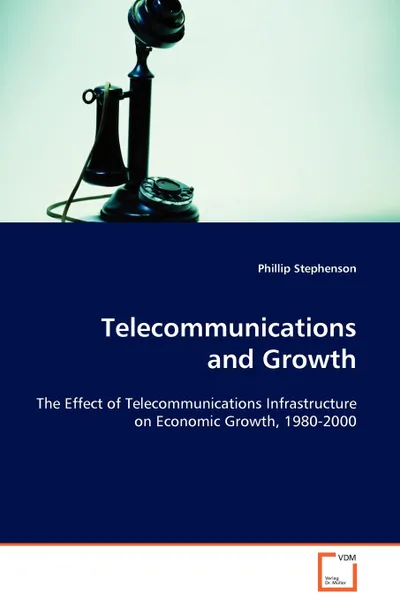Telecommunications and Growth 12+
Автор: Phillip Stephenson
80 страниц
Категория: Бизнес образование
ISBN: 9783639061413
Язык: Английский
📒 Telecommunications infrastructure is recognized as a catalyst for economic growth. The literature has identified how infrastructure contributes to growth, ways that telecommunications specifically contributes, and empirically confirmed a significant, positive bi-directional relationship between telecommunications infrastructure and growth. More recently, the technological innovations in telecommunications in the 90s have sparked a debate about whether these technologies have created a "digital divide." This work reviews this underlying theory and the debates surrounding this subject. Data for this analysis include 79 countries for the years 1981-2000. The model is regressed using ordinary least squares, a panel-data method, and finally it is instrumented to attempt to control for endogeneity. The instruments utilized in this investigation prove to be ineffective. The results of the empirical work confirm that there is a strong relationship between telecommunications and growth; that the technological revolution of the 1990s dramatically strengthened this relationship; and that these benefits are biased towards more developed countries, confirming the existence of a digital divide.
Мнения
